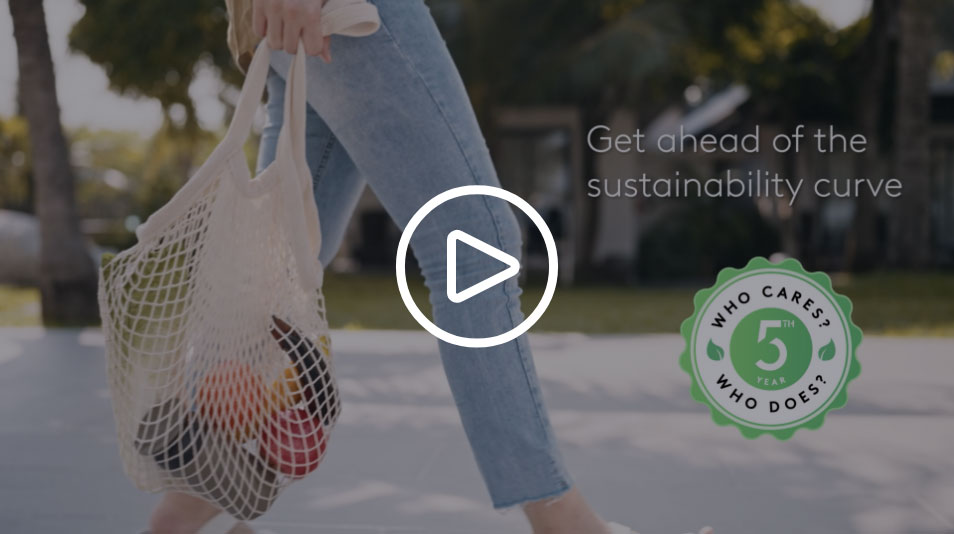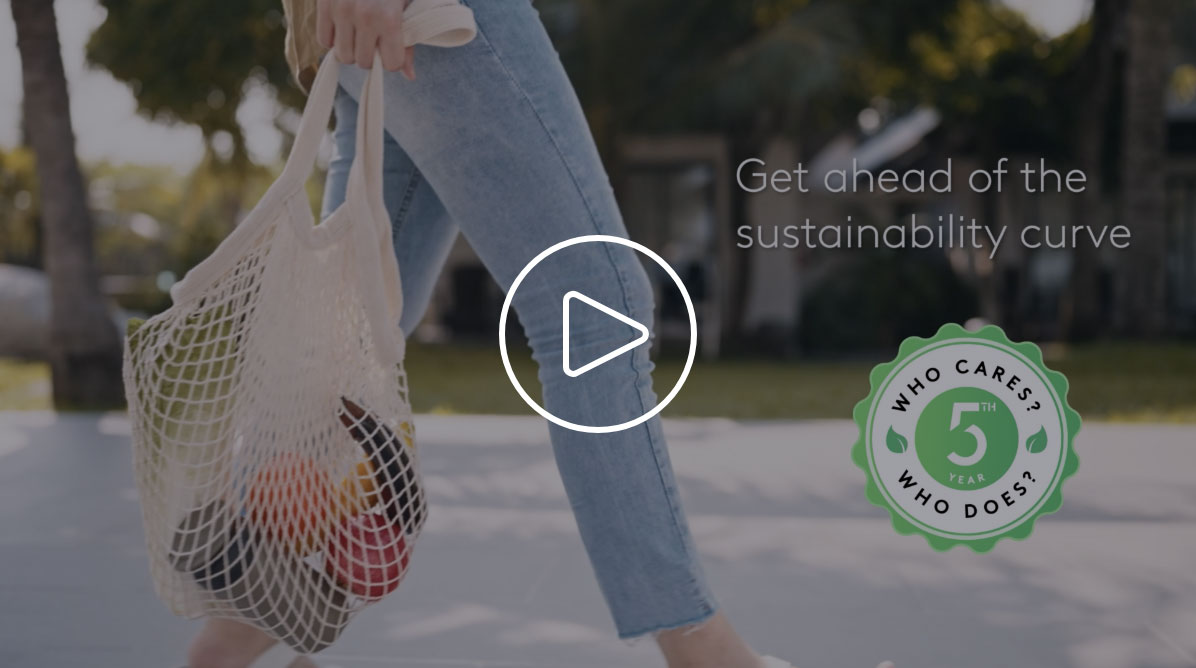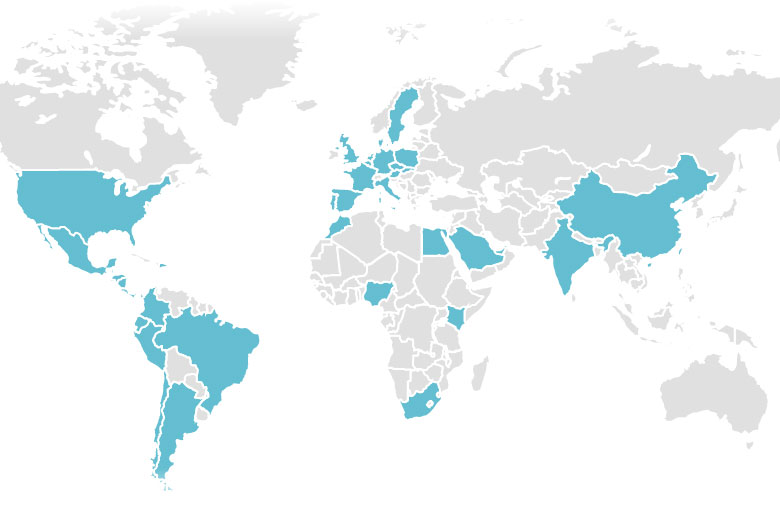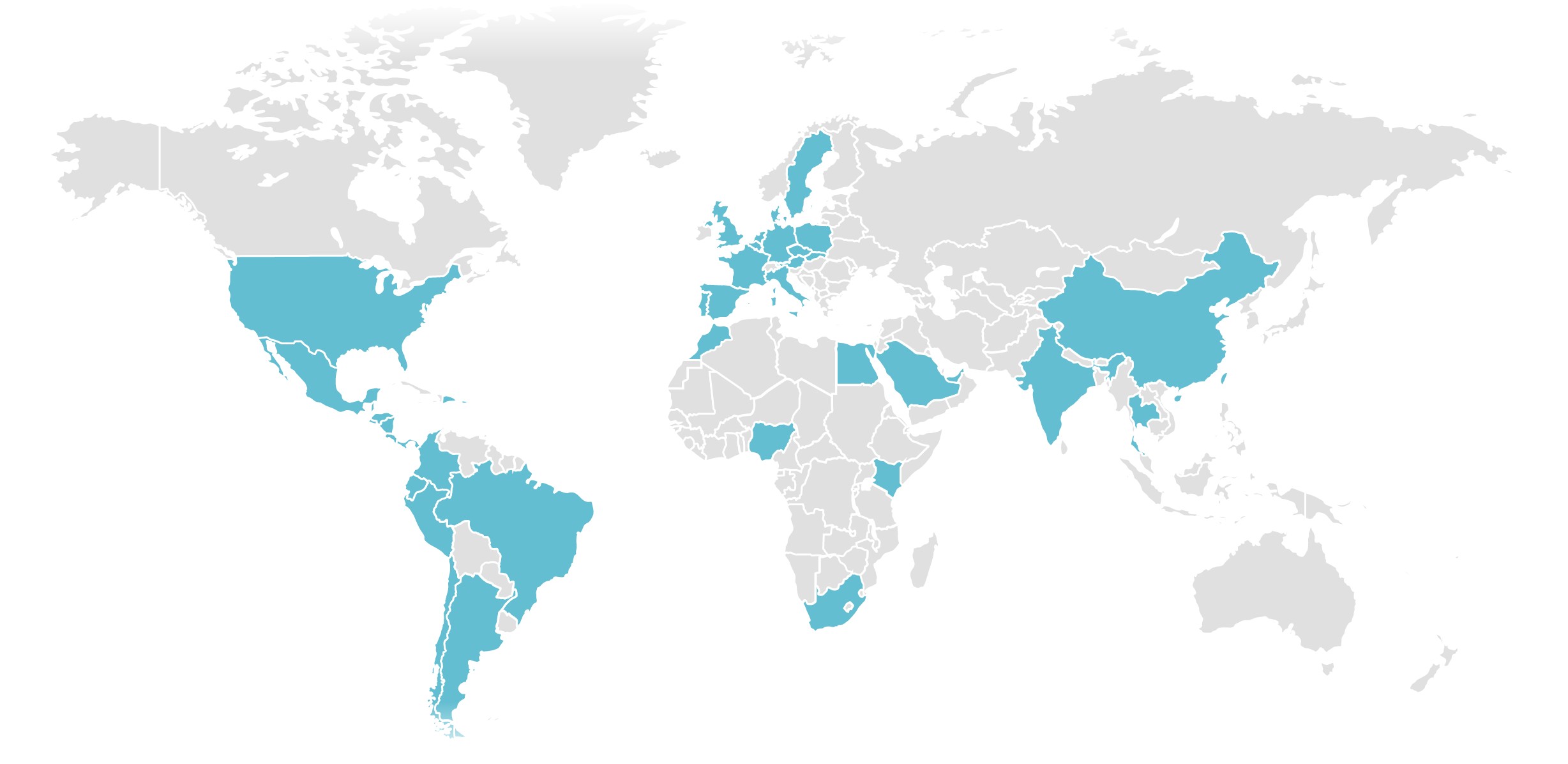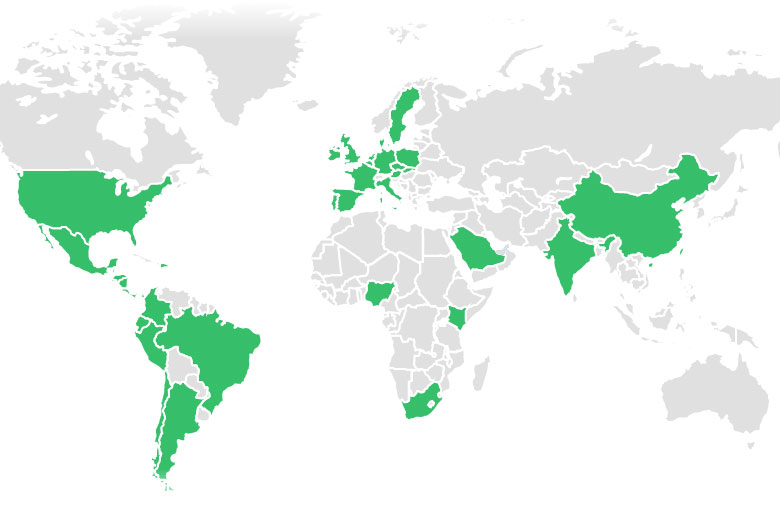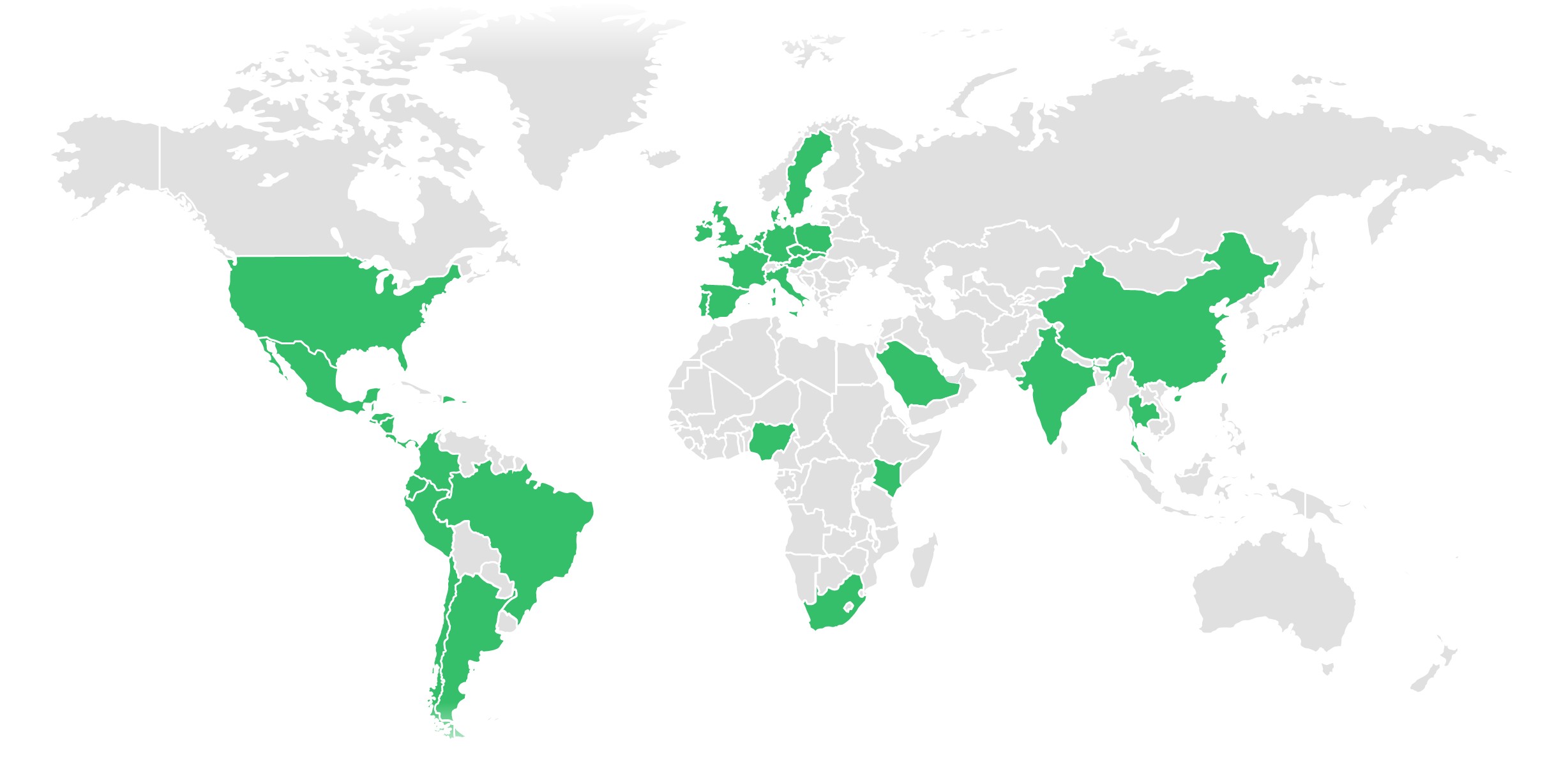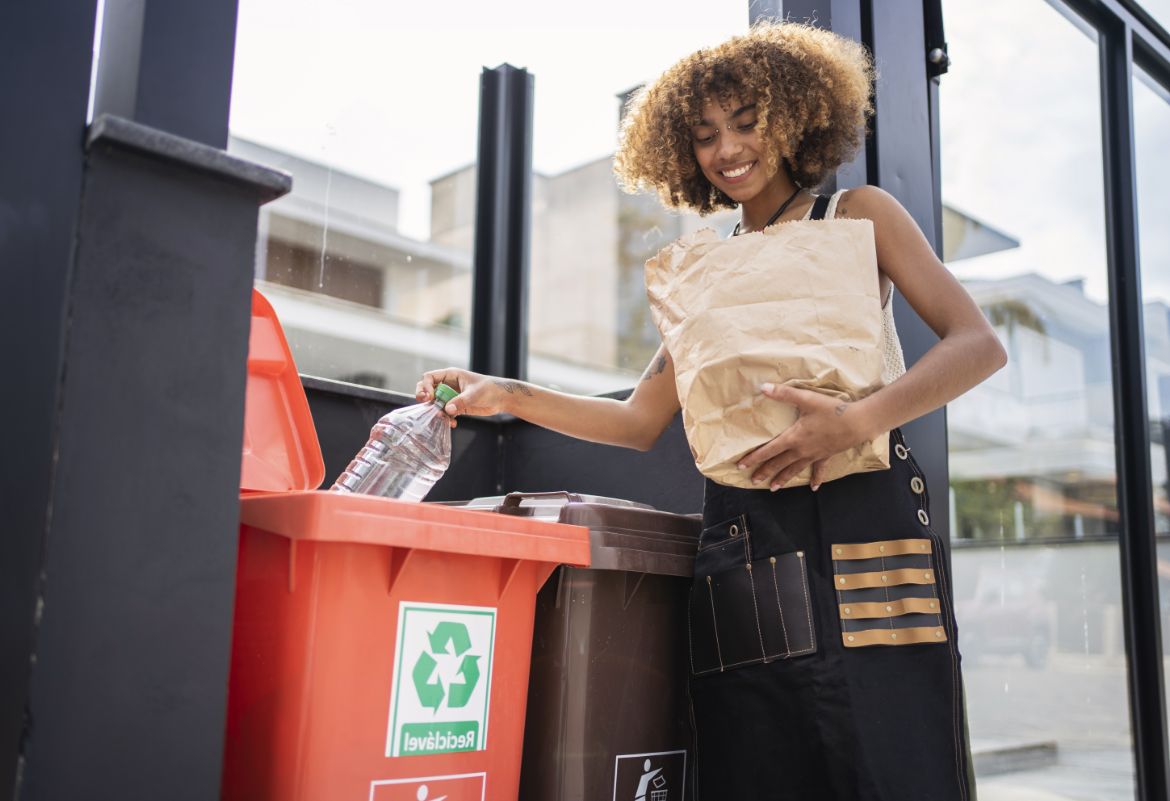Explore health shopper behaviour
Profile of health segment shoppers; global profiling, segment worth, brand preferences by segment, shopping KPIs purchase behaviour, category over under indexes by segment. Brand case study of health segment success.
Mental and physical wellbeing; understand how shoppers are managing and levels of prioritization.
Helpful vs harmful products; shoppers define food, supplement and beverage products into whether they deem them as helpful, harmful or neutral to overall health.
Diet and lifestyle actions; frequency of actions that are taken to maintain health, range from both diet and lifestyle health practices.
Managing health conditions; most common ways to combat health challenges ranging across skin care issues, maintaining weight and a good night's sleep/stress reduction.
Manufacturers/Retailers responsibility; which entities do shoppers look to for support in achieving a healthy life; role of price, product and communication/education efforts for healthy lifestyles; explore barriers to purchasing healthy packaged food and beverages.


